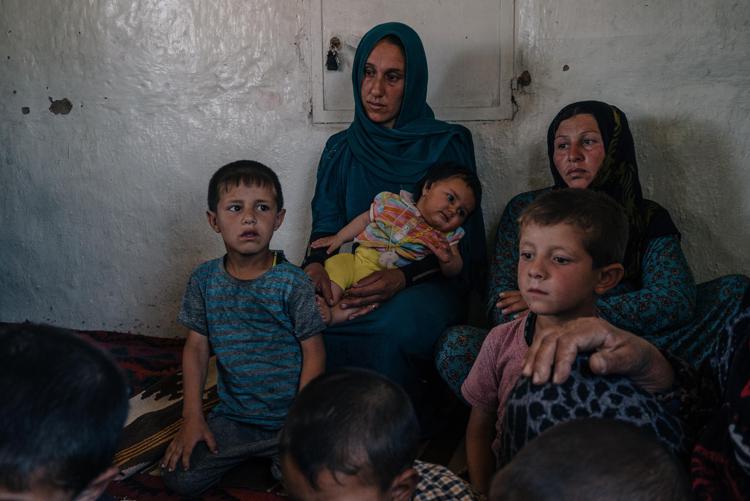

Hunger and poor nutrition in Arab countries have grown over the past two decades, a new report by the UN Food and Agriculture Organization warned on Thursday, urging radical changes to the region's agrifood systems to make them sustainable.
A total of 69 million people in the Arab world did not have enough to eat last year - a 91.1 percent increase since 2000, according to FAO's 2021 Near East and North Africa Regional Overview of Food Security and Nutrition.
“Conflicts continue to be one of the leading causes of hunger in the region, with approximately 53.4 million people facing hunger in countries and areas affected by conflict," said FAO’s Assistant Director-General and Regional Representative for the Near East and North Africa, Abdulhakim Elwaer.
"That is more than six times higher than in non-conflict countries,” Elwaer added, warning: "There may be no visible improvement in the situation this year.
As well as drawn-out conflicts, poverty, inequality and social unrest, climate change, scarce natural resources and economic crisis triggered by the COVID-19 pandemic have all fuelled hunger, according to the report.
Almost one third of the region’s population, accounting for 141 million people, experienced moderate or severe food insecurity in 2020, more than 10 million more than in 2019 (pre-pandemic), the report noted.
Yet even before the COVID-19 pandemic, the Arab region was not on track to meet its hunger and nutrition-related targets under the UN's sustainable development goals, FAO noted.
Last year, 20.5 percent of Arab children under the age of five were stunted and 7.8 percent were wasted.
“Although there has been some progress in reducing child undernutrition in the past two decades, it still remains a source of concern for policymakers in the region, particularly in low-income countries,” Elwaer highlighted.
Yet while some children in the region are malnourished, due to poor diet, over 10 percent of children weigh too much.
“Childhood overweight remains a high public health problem in the region, exceeding the global average of 5.7 percent and reaching 10.7 percent in our region,” said Elwaer.
And the region is also burdened by adult obesity, Elwaer warned.
Obesity among adults has been increasing steadily in Arab countries since 2000 and reached 28.8 percent in 2020 - more than double the global average of 13.1 percent.
The Arab region is now the third most obese in the world, after North America with 36.7 percent, and Australia and New Zealand with 30.7 percent.
The new report identifies the interconnected array of causes behind hunger and malnutrition in the Arab region and calls for policy trade-offs that could to lead to more inclusive, efficient, and resilient agri-food systems that ensure enough healthy nutrition for all throughout the year.